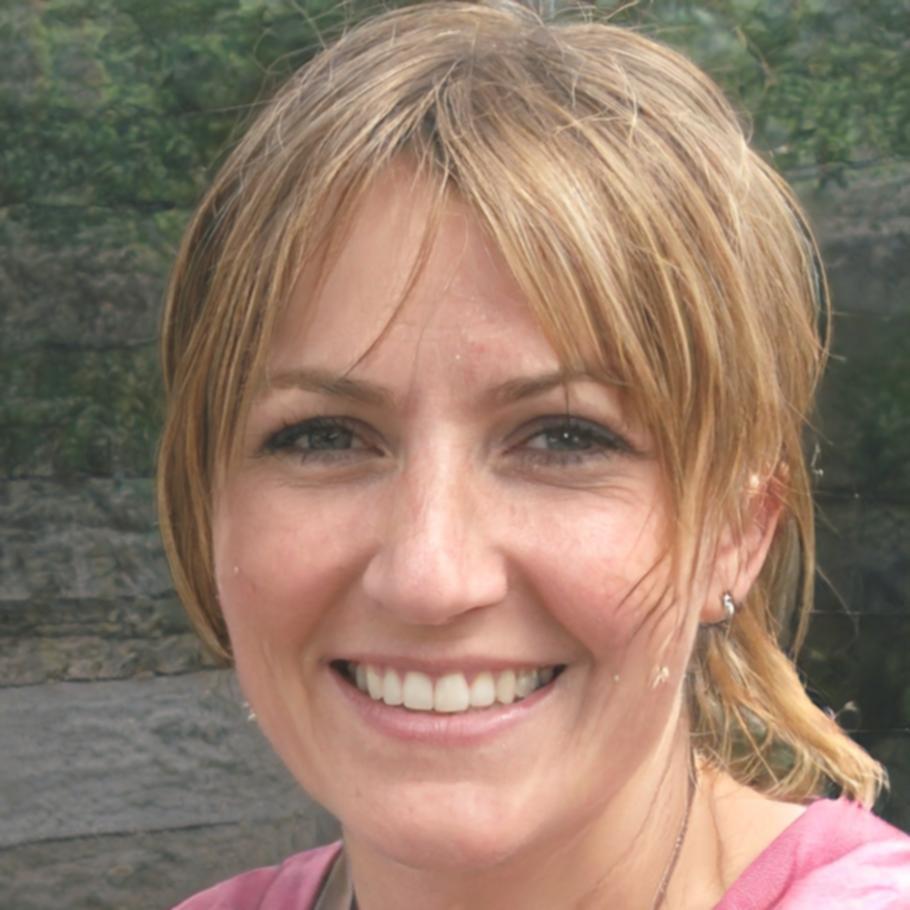Build Financial Models That Actually Work For Real Business Decisions
Most people who need financial models end up with spreadsheets that break when you change one number. We teach you how to build models that flex, scale, and give you confidence when stakes are high. It's not about fancy formulas—it's about thinking through the logic first.


How We Teach Model Building
Building reliable financial models isn't about memorizing Excel shortcuts. The way we approach it—you learn to structure problems first, then choose the right tools. That order matters more than people realize.
Start With Business Logic
Before touching a spreadsheet, you map out the relationships. Revenue drivers, cost behaviours, timing issues. Once the logic is clear, the model writes itself. Students often tell us this step saved them from rebuilding models three times.
Build For Changes
A good model handles what-ifs without breaking. You'll learn to separate assumptions from calculations, so updating forecasts doesn't require rewriting formulas. It takes a bit longer upfront but saves hours when scenarios change.
Make It Readable
Someone else will use your model. Maybe your manager, maybe you in six months when you've forgotten the logic. Clear labels, consistent structure, colour coding that means something. These aren't extras—they're part of building something useful.
Test Until It Holds
Break your model on purpose. Put in weird numbers, edge cases, scenarios that shouldn't happen but might. The testing phase catches issues before they reach decision makers. We'll show you how to stress-test assumptions systematically.
Three Phases of Learning
We structure the program around how people actually learn complex skills. Each phase builds on the previous one, and you work on increasingly realistic scenarios as you progress.
Foundations
Understanding model architecture and basic financial statements. You learn to read existing models critically and spot structural issues. By the end, you can diagram any business problem on paper before opening Excel.
Construction
Building models from scratch using real company data. This phase focuses on forecast logic, scenario planning, and sensitivity analysis. You'll construct three complete models across different industries and present findings to peers.
Application
Working on ambiguous problems that require judgment calls. You'll deal with incomplete data, conflicting assumptions, and tight deadlines. The final project involves building a decision model for a real business case with multiple stakeholders.

I'd been building financial models for two years, but they were always fragile. Change one assumption and half the formulas would break. This program taught me to think differently about structure. Now my models hold up under pressure, and my manager actually trusts the numbers I present.
Next Intake: September 2025
The program runs over twelve weeks with a blend of structured lessons and hands-on projects. You'll spend about eight hours per week on coursework, including live sessions and independent work.
We cap each cohort at twenty-four students so everyone gets feedback on their models. You'll work with the same group throughout, which means you can see how different people approach the same problems.
- Weekly live sessions on Wednesday evenings (Australian Eastern time)
- Three major project submissions with detailed instructor feedback
- Access to model templates and example files from past cohorts
- Optional office hours for technical questions or career discussions
- Lifetime access to course materials and future updates

Ready to Build Better Models?
Applications for September 2025 open in May. We review applications on a rolling basis and typically fill spots within three weeks of opening. If you're not sure whether this is right for your situation, reach out—we're happy to discuss.
Get in Touch